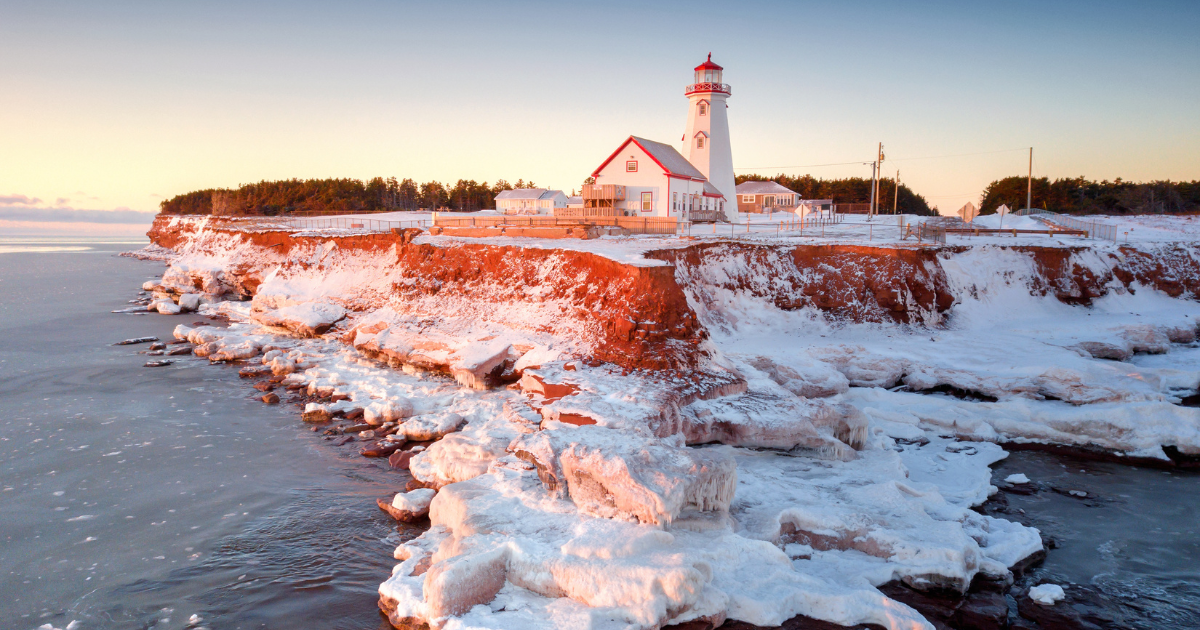This story begins where most good ideas do: Sitting around a campfire on a warm July night. While on summer break from Queen’s University in 2021, Emily Pope. Reily Morrison, Rupert Davies and Hanna Davies
worked at No. 9 Gardens.
“My parents own No. 9 Gardens,” says Rupert. “My sister Hanna and I were taught about the importance of giving back and cultivating our communities. We are both really creative individuals and so a lot of our time was spent thinking about how to transform our creative interests into climate solutions.”
Emily and Reily shared their concern for the environment, hence their desire to work at No. 9. “It was such a perfect time for me to meet Hanna and Rupert and be part of No. 9,” Reily says. “I was finishing my degree in
Global Development at Queen’s and I felt like there was a lot of negativity and focus on the problems in the world. I felt a bit stuck and didn’t know the best way to move forward to create change. I was never exposed to the power of art before. I felt so inspired. It was such a great time to meet everyone and actually come up with a creative solution to channel all of our energy that we were feeling and all of this pent up feelings of isolation and negativity.”
“That entire summer was quite life-changing for me,” Rupert continues. “The pandemic was still going on, and it led us to meet like-minded individuals who were also super passionate about the environment, but it was in a way that encouraged positivity. There are these different narratives being told about how our generation can live more sustainably, and right now, I believe what’s causing a lot of climate anxiety is the current narrative about sacrifice and denial. It’s about encouraging people to take action now because we have these punishments later down the road. But what I have learned from a scientific standpoint is that what’s most motivating is rewarding people in the present.”
The friends spent evenings waxing lyrical about how alienated they felt, how isolated their world had become and how disconnected they felt from the land they were sitting on, but more importantly, how they wanted to focus on the positive and inspire others. And so, Cloud 9 was born.

“The whole purpose of creating this music festival was to raise awareness and make it very marketable towards our generation,” explains Rupert, an Electronic Production and Creative Entrepreneurship graduate at Berkeley School of Music in Boston, MA. “Our generation loves these immersive experiences, and I think it’s the best way to get people into nature, connecting with others with similar values.”
When his father caught wind of their idea, he admittedly had mixed feelings. “When I first heard about the four founders’ interest in running a music festival, I thought it would require a great effort to pull off,” says Andrew Davies, co-founder of No. 9 Gardens, along with his wife, Elizabeth Lenell Davies. “I also thought
about our mission to empower youth and sometimes that means giving them opportunity — and in some cases, stepping out of the way.”
With that, Andrew gave the group permission to run a festival on the part of the 40 acres dedicated to the learning centre on the condition that they handled the organizing and most of the heavy lifting. “I have to say they have exceeded my expectations on their level of professionalism and dedication to ensuring the quality and safety of Cloud 9,” he says. “In many ways, this was proof that if you empower youth, they will lead the charge in taking action. Every week, when we all met via Zoom to talk logistics or creative ideas, I was truly inspired. This provides me personally with a great deal of hope.“
Apparently, hope and the environment are common themes in the Davies’ household. “Our idea is that we need to find pleasure and fulfillment in the journey towards living more sustainably,” Rupert says. “Instead of shaming individuals for consuming a lot and telling them they have to give up things that they love, how do we instead encourage them to find alternative and more sustainable sources of pleasure and fulfillment in their life? The arts are perfect for that because it creates these experiences that are very sustainable. This narrative not only benefits the planet, it also leads to the improvement of the quality of our life and our
well-being. We need to have more joy in the process. It’s not just about the end result. It’s about how we are living, feeling, and engaging with others on our way to that end result.”

And how exactly did electronic music become the vessel that takes Cloud 9 patrons on that journey?
“So, that’s the big question: We’re trying to promote sustainability, so how does electronic music have similarities with that?” Rupert says, asking the obvious. “It’s not the first thing that comes to mind when you think about a sustainable future. But there are a lot of moments in history where electronic music has shown to be a radical force of change, in New York, Chicago and Detroit in these times of struggle. It provided a lot of space that had zero tolerance for any forms of discrimination, and it gave voices to a lot of expressions in those cities.”
“I think there’s a perception that electronica is tied to excessive waste,” Reily continues. “But anytime I have gone to electronica music events, it’s about the community of people and this feeling of being as authentic as you want. And we wanted to foster a space and environment where people can come and completely lose themselves in the music.”
That space was created as Cloud 9, which opened its proverbial doors for one day at 11 a.m. on September 10, 2022.
“You couldn’t have choreographed it better,” says Diana Carradine, a childhood friend of Andrew’s and longtime supporter of No. 9 Gardens. “It was mesmerizing. The connection of the art — whether it is the music or the installations — is an innovative way to engage people with nature and the idea of sustainability.
And when you tie in the Indigenous piece as well….One of the DJs, Handsome Tiger, his music was absolutely
beautiful. For us and our generation, we came and learned more about electronic dance music, but many of us were there with our children, so it was a multi-generational way to engage with these issues and learn together and engage in dialogue together because of it.”

“It was magical,” agrees Chris Carradine, Diana’s husband, Executive Vice President of Ecobee Energy and also a childhood friend of Andrew’s. “The stage was set up against the backdrop of the bluff, and it was a perfect September day. Sunshine. Just beautiful. And then there was a harvest moon that came up at one point and seemed to hover above the stage.”
“A highlight for me was interacting with the artists and seeing how they interacted with each other,” Rupert says. “And hearing from them after the fact how different the experience that we provided for them was from their typical club setting. They dropped the words ‘intimacy’ and ‘sense of community’ before we forced them on them. They really felt loved and cared for in showcasing their art. And that’s the most important thing for me.”
“It really helps that we have one festival under our belts, and we showed that we can make this happen and turn our idea into a reality,” Rupert says. “So many creative people and institutions have reached out to ask what they can do to make the experience even better. One that is a highlight for me is that the Toronto Metropolitan University has agreed to do these creative build-outs in the form of shaded canopies — spaces for people to go and hang out. Just knowing that these architecture students are putting in the time to think about how they can make these spaces not just visually and aesthetically pleasing but also so conducive for creating these spaces to have dialogue and conversations. I think this is really important. And it’s a big thing that I would like to happen: Conversations about our future from a position of being positive about it and feeling safe and respected. I’m very excited to see what those students come up with.”

“As a young person involved in the climate movement, it’s very easy to feel unempowered, and the world is going to sh*t,” says Shannon Rugzys, owner of Patty’s Gals, one of the festival’s vendors from last year and the newly appointed curator for this year’s Pop-Up Market. “That’s why it’s so important to have movements like Cloud 9: It lifts us up rather than weighs us down. It gives us a space to talk about environmental issues but in a positive way where we are striving for a better future. And that gives me hope.”
Apparently, that sentiment is the main star of Cloud 9.
For more information go to: https://www.no9.ca/cloud-9-festival
Having had the privilege of being at the helm of numerous national magazines, including Chatelaine and Today's Parent, Karine is passionate about content and building strong communities. Her 30+years working in the magazine industry in Canada and the U.S. have allowed her to develop an editorial vision that focuses on exceptional story-telling, dynamic media packages, successful brand partnerships and robust digital strategies, all with the audience's wants and needs top of mind. Karine enjoys collaborating with her team, clients and members of the community, so please do not hesitate to reach out to her.












